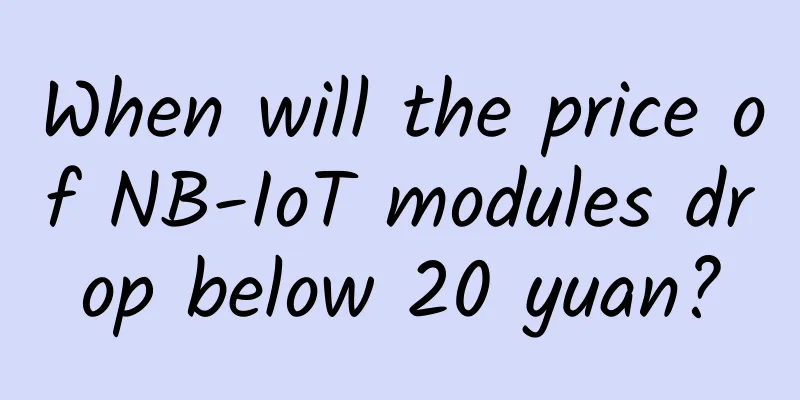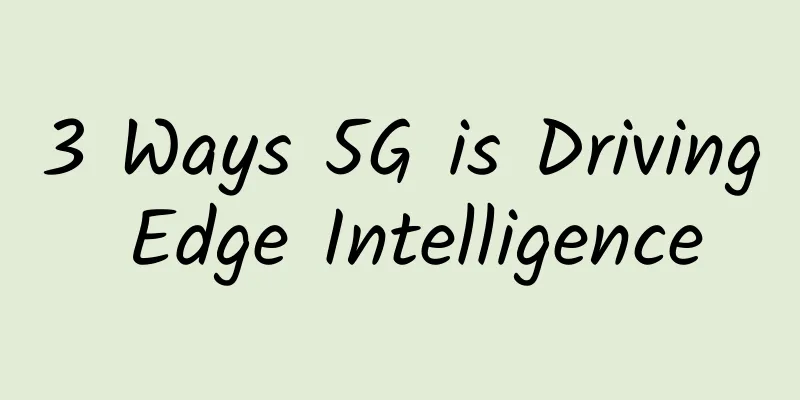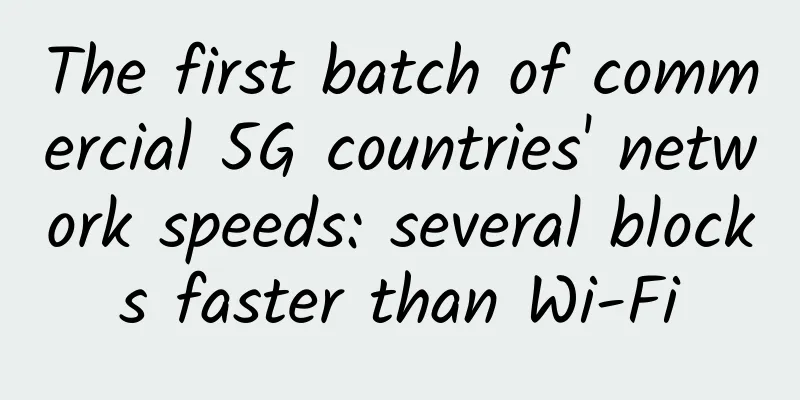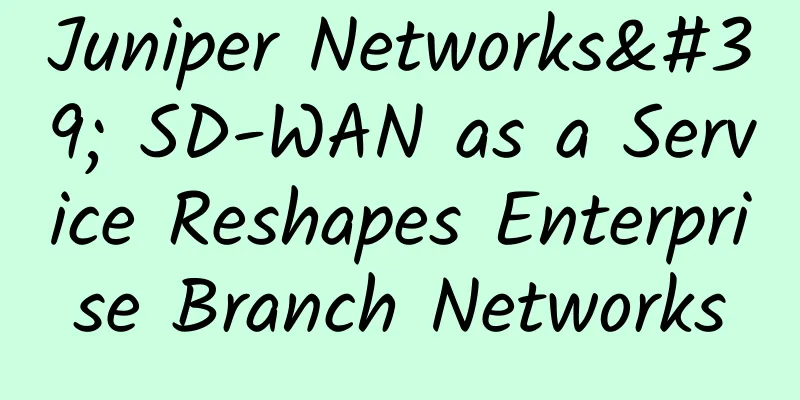Don’t say that 5G is just faster than 4G. Don’t you realize the importance of 5G?

|
Since the three major operators officially announced that 5G has entered the commercial stage last year, all walks of life have begun to move towards the new era of 5G, hoping to occupy a place in the 5G market as soon as possible. For us users, the arrival of a new era means that the products we use and our lifestyles must keep pace with the times. At present, many users have a simple concept of 5G: "fast". The network experience will definitely be greatly improved. So, how fast is the 5G network? What are the categories of its so-called speed? First of all, the speed of 5G is divided into two indicators. One is what we call peak speed, which is the amount of data flow that can be transmitted in one second. According to the current test data, the peak rate of 5G has exceeded 10G, and the downlink rate has reached 20G. The second indicator is called latency, which is also easy to understand, just like the time it takes to pass through a toll booth on a highway. At present, the latency of 5G can be 3~4 milliseconds, and its goal is to reach 1 millisecond. So, in addition to being fast, what other conveniences will 5G provide for our lives? First of all, the first is the 5G remote automatic control system, which enables remote driving of vehicles. This is through the high-speed 5G network connection, which enables signal transmission and human-computer interaction between the vehicle and the driver. In addition, the vehicle control system will also feedback the real-time status of the vehicle through local cameras and vehicle bus data to avoid accidents. There is also what we called driverless cars. Although this technology has been realized, its functionality is not yet perfect. However, if 20 driverless cars are to pass through an intersection without red lights under full 5G network coverage, then the distance between these 20 cars will be controlled to at least 50 meters. Moreover, when the first car brakes, the following cars will also brake, and the distance between the cars will be kept above 5 meters. The third is medical treatment. In a program I have watched, a doctor achieved cross-provincial remote surgery through a remote 5G network connection, and the operation was very successful. In the program at that time, due to too many uncertainties during the operation, a raw egg was chosen as the surgical object. And what the doctor had to do was to use a robotic arm to remotely control and repair the broken egg membrane thousands of kilometers away from the operation site. In the end, after an hour, the doctor completed the operation, and the egg membrane after suturing did not leak a drop of egg liquid. Of course, in addition to the above applications, 5G also brings us more rich and interesting functional experiences. So, from today on, if someone asks you what 5G is, don't summarize it with just one word: "fast". |
Recommend
Operators have confirmed: The first generation of 5G mobile phones can only use 4G networks
Recently, the inability of NSA 5G phones to conti...
Graphic: A brief history of router architecture
Over the past 50 years, we’ve made a lot of progr...
Cost and maintenance are the key factors in deploying WiFi in small and micro enterprises
WiFi is not only irreplaceable in our daily lives...
Wi-Fi Alliance wants to simplify the numbering and use numbers instead of "802.11ac"
If you've ever bought a Wi-Fi router, you pro...
C++ Programming Practice: IP Hash Load Balancing Algorithm
Today we are going to learn about NGINX. Nginx is...
Ruijie won the Intel "Strategic Cooperation Award" and further deepened its cooperation with Intel
Recently, the 14th Intel Internet of Things Summi...
7 ways to understand the 5G standards in June
MicrosoftInternetExplorer402DocumentNotSpecified7....
How Wi-Fi 6 and 5G are ushering in a new era of edge connectivity
[[353891]] Today, the number of IoT devices is gr...
From MPLS to the Internet: Enterprise Network Optimization in the New Era of WAN
There is no doubt that WANs look different than t...
Review: China ranks first in 5G mobile phone sales, is the world happy too?
After the Spring Festival of the Year of the Ox, ...
TmhHost Hong Kong three network CN2 GIA monthly payment starts from 45 yuan, US CN2 GIA high defense VPS quarterly payment starts from 99 yuan
TmhHost is a regular domestic company with ISP\IC...
Low Power Wide Area Network (LPWAN) Technology – Benefits and Testing Challenges
What is LPWAN? The Internet of Things (IoT) refer...
Terminals have become a major obstacle to the development of 5G
[[389800]] On March 26, China Unicom finally anno...
The turning point has arrived: NB-IoT industry is accelerating its release!
The birth of any new technology is always met wit...
Ministry of Industry and Information Technology: Adjustment of 700MHz frequency band frequency usage planning
Recently, the Ministry of Industry and Informatio...









